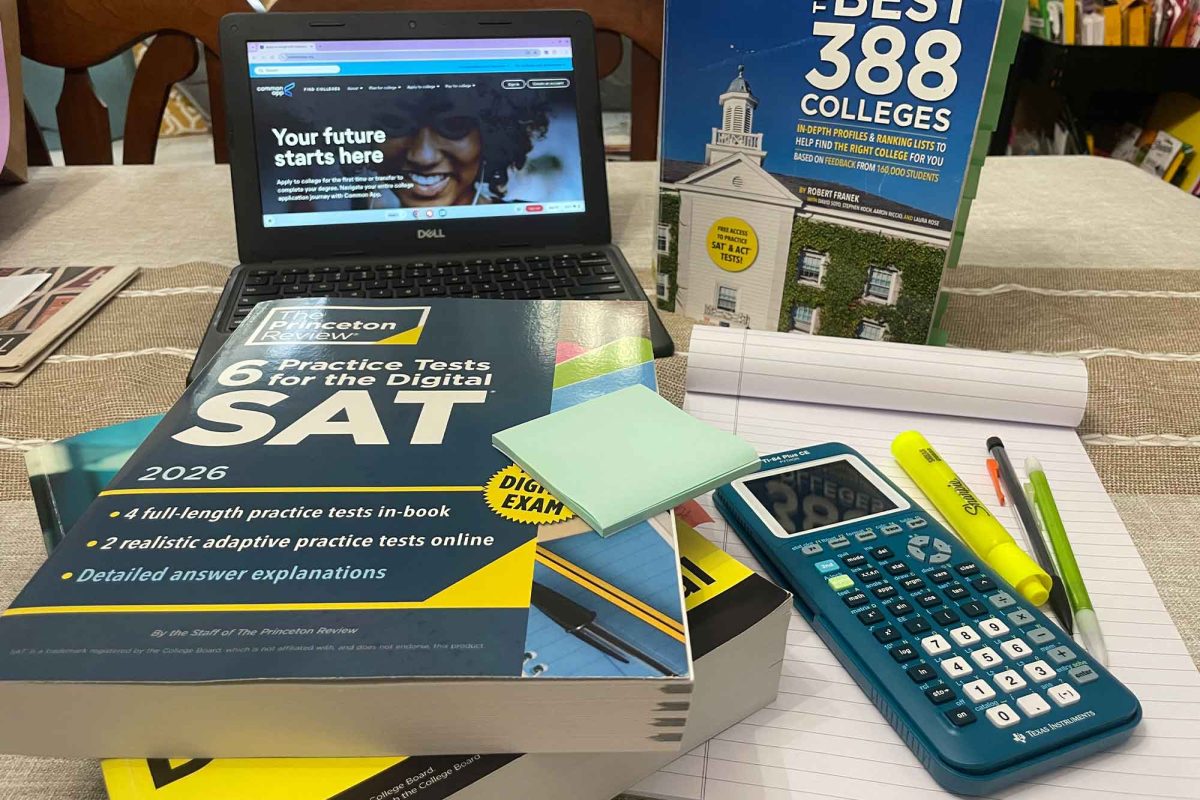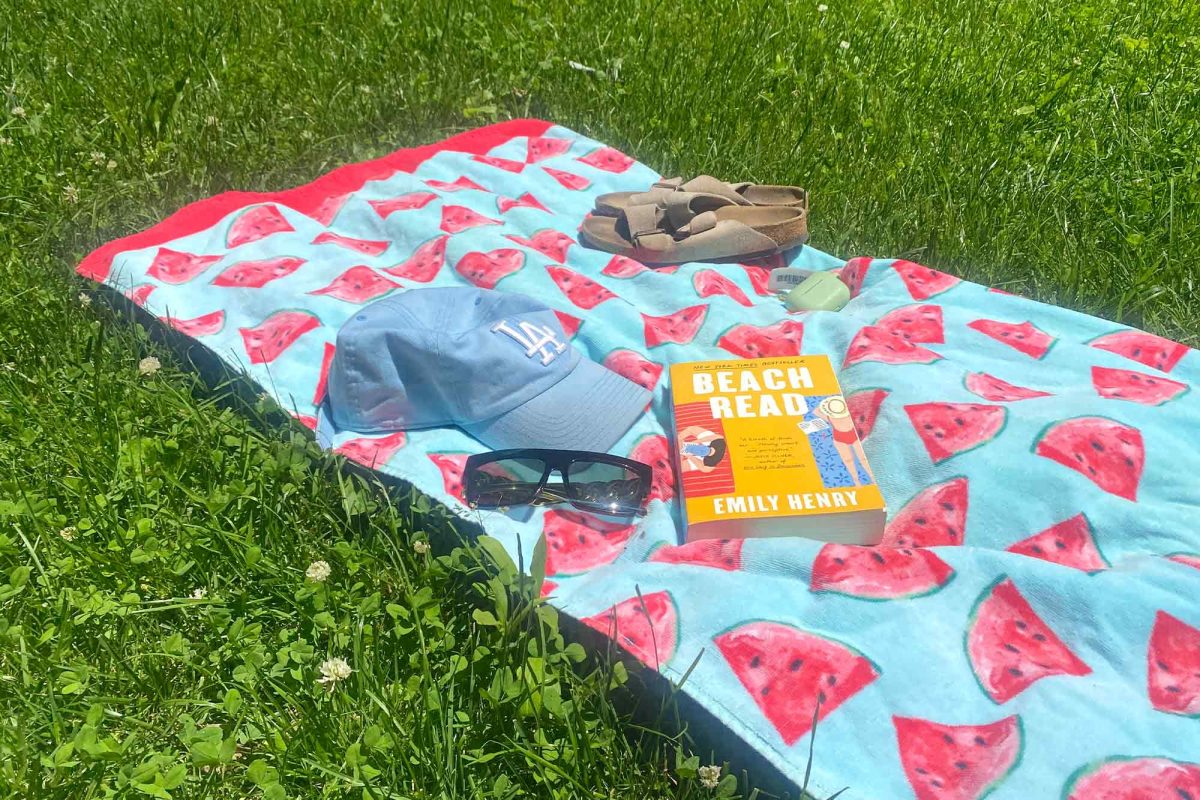On Friday, March 10, 25 middle school students participated in the regional Science Olympiad tournament at Penn State Abington and received fourth in the southeast region.
Each middle school season culminates in a Regionals tournament and usually involves moving on to a weekend away at States, in which Pennsylvania shows off some of the most competitive teams in the country.
The nationwide Science Olympiad program consists of twenty-three events categorized as lab, build, and hybrid events. The different events allow members to study advanced science topics, take written tests, test a pre-built structure, and a combination of both. Most events rotate out every few years so that new (but similar) events are introduced and the competition stays fair
The future for these bright young minds is hopeful, as the team comes together after two years of COVID to compete in person again.
The success of the team depends on the student’s ability to individually (or collaboratively with a partner) plan, organize, and make time for the hard work that goes into practice for competition.
“I always tell everybody, it’s like a travel team. [it’s] the varsity sport for nerdy kids who actually completely enjoy it. And it’s an opportunity for them to shine, so they need that venue,” Head Coach Marc de Jong said.
It’s no surprise that many Strath Haven students are drawn to Science Olympiad, even those that didn’t expect it to be such an intense program. Coach de Jong noticed the popularity of build events among students, which require careful design, construction, and testing within the parameters set for the event.
“It doesn’t take much to tell a sixth grader that you’re going to build balsa wood bridges, and that’s interesting, whether you’re into science or not,” de Jong said.
And if that same sixth grader ends up trying it out, they would find that there is physics and a scientific process behind constructing a bridge. Science Olympiad naturally encourages students to dive deeper into advanced topics that interest them but haven’t been exposed to yet.
In the past, it has been difficult for the team to score high when it comes to the Bridges event, so it is especially exciting to take home a medal at the regional level.
Seventh grader Kyle Markey and his partners can be credited with that fourth-place title. Markey has been practicing for Bridges and Flight this season, both of which are build events. According to him, the best part of Science Olympiad is the satisfaction of seeing his structures succeed at competition.
The build events are successful at recruiting in new members, such as now eighth grader Emily Zhang, who joined early on to participate in them. Even though she never ended up building, she finds that participating in study-heavy events has prepared her for higher-level science classes.
In the regional competition, Zhang medaled in fourth place in all of her events (Crime Busters, Can’t Judge a Powder, WIDI, and Experimental Design). She emphasizes the importance of having experienced members, particularly on the higher level teams, continue their participation in the program and to mentor the younger members.
“I feel like when I first started, I literally, I learned the ropes from like, the eighth graders and the high schoolers because they really helped me out… that’s how I learned to do my notes for all of Crime Busters,” she said.
For seventh grader Alex Garfall, his participation in the Anatomy and Physiology event came from an inspiration close to home.
“My father’s an oncologist at the University of Pennsylvania so I feel like it was kind of an obligation, but I’ve also found the medical sciences as interesting,” Garfall said.
In addition to anatomy, Garfall competes in the Fast Facts event, which is different from any other written test event because of its unpredictable nature.
“They’re both study-based events so really just the past few months I’ve been studying, studying, studying,” Garfall said.
He enjoys Science Olympiad because it puts a purpose to learning— he’s doing that “studying, studying, studying” to see how he matches up to competitors. The goal to keep doing better than last time is a prime motivator for Garfall.
“I want to see how the rest of the season turns [out], and you know, but I think it’s something I want to continue. The whole process of studying and competing is probably my favorite part of it, really,” he said.
According to Coach de Jong, “It’s a really bright future for our middle school. And hopefully… that translates into more participation at the high school level as well.”
With many students graduating out of the middle school team next year, there is potential to reconfigure a competitive high school team, which will require a lot of additional effort from both members and coaches.
“The high school team [members] were excellent role models for leaving that space open for the kids coming from the middle school to continue that tradition into the high school,” he said.
“I would love to see someone be able to get someone on the high school, a teacher from the high school, [to] be able to support that program like it had been in the past. Just to give the kids a space, a physical space there at the high school, because I think that’s a big barrier right now.”















